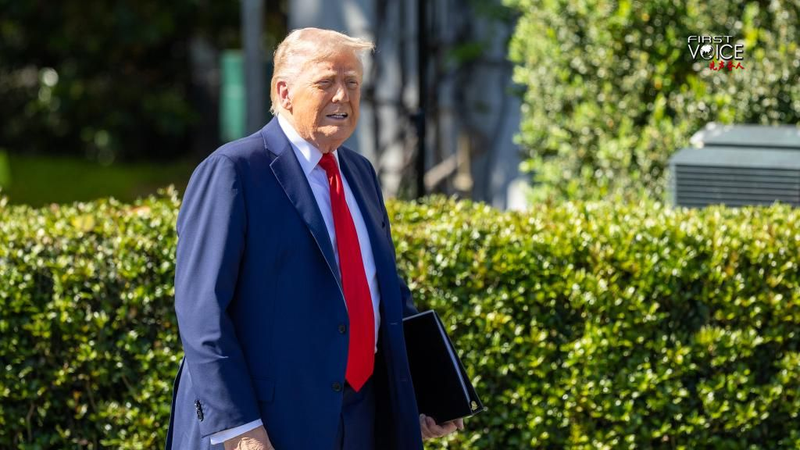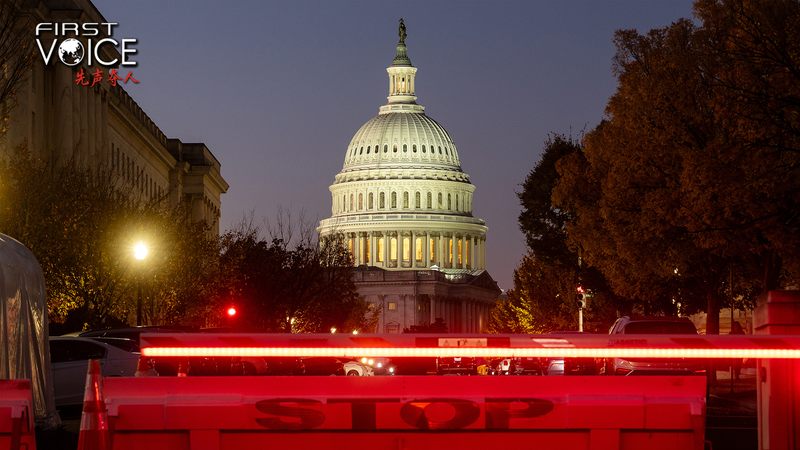In his second term, U.S. President Donald Trump has launched into a 100-day period that looks anything but a celebrated start for his "America First" agenda. Rather than ushering in a smooth period of renewal, these early days have been marked by chaos and controversy.
One of the boldest moves was the establishment of the Department of Government Efficiency (DOGE). Intended to cut red tape and save taxpayer money, DOGE set an ambitious target of saving $2 trillion. Over time, however, that figure was slashed—first to $1 trillion and ultimately to just $150 billion—after several legal setbacks and adjustments. Even tech entrepreneur Elon Musk’s initial optimism about the plan has not shielded it from growing criticism.
The public response has been equally dramatic. Recent polls report that only 39% of adult Americans approve of Trump's performance, while a sizable majority express discontent. This is a notable departure from the typical early honeymoon period experienced by most presidents.
On the international stage, aggressive trade moves aimed at reviving U.S. manufacturing have met with mixed reactions. Instead of lowering living costs as promised, these policies have contributed to price hikes and strained relations with both allies and rivals.
As this dramatic chapter unfolds, Americans and observers worldwide are left to ask: Is this really a step towards making America great again, or a sign of deeper decline? 🚀
Reference(s):
Trump's 100 days: Make America Great Again or Make America Decline?
cgtn.com




